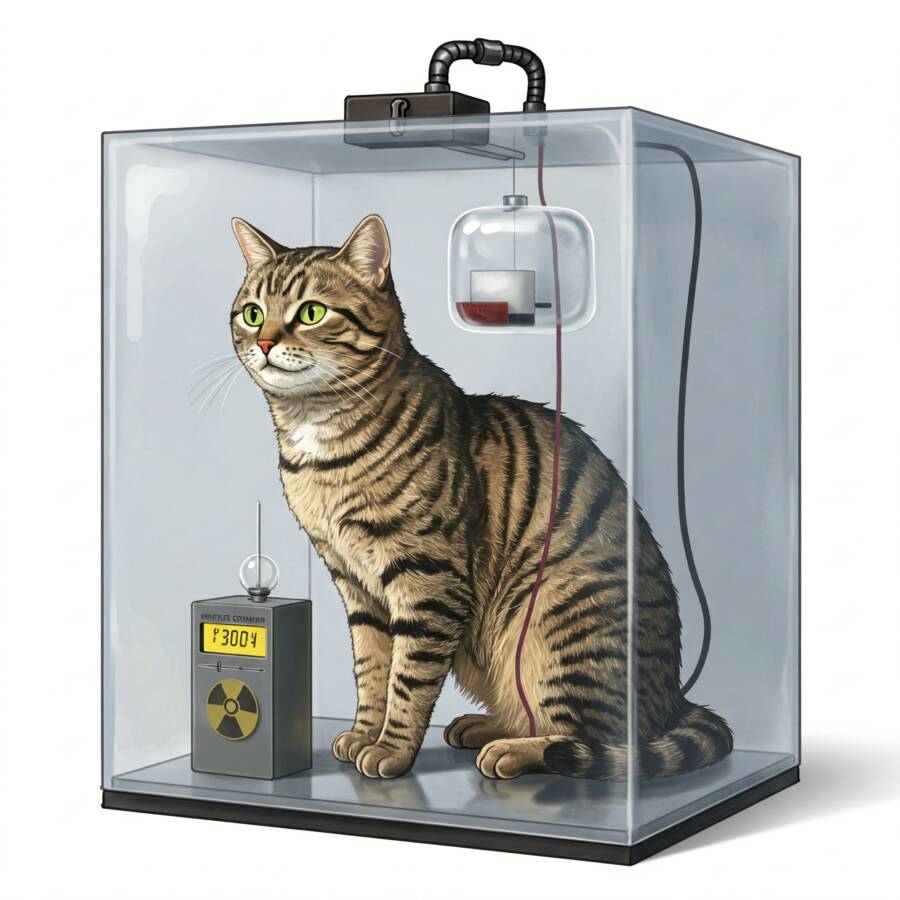Ten states in the United States now have assault-style weapons bans, right after Washington became the latest to enact restrictions this week. Here’s the big picture: Government officials have faced numerous calls to crack down on assault weapons.
Whether they are semi-automatic, military-style firearms primarily designed for rapid fire and combat use, which have been continuously linked to some of the deadliest mass shootings in the United States in the past decade.
Context: California was the first state to enact a ban on assault-style weapons in 1990. Connecticut, Delaware, Hawaii, Maryland, Massachusetts, New Jersey, and New York decided to follow suit. Each of these states delineates its own definition of assault-style weapons in its own laws.
However, the term generally covers the same types of firearms, like the AR-15-style rifle used in the Uvalde and Highland Park shootings last year. Moreover, the District of Columbia has had restrictions in place all the way from 1932. Many states have faced lawsuits over the bans.
It’s worth noting that Congress passed a 10-year ban on assault weapons in 1994. There’s also a 2019 study that discovered that mass shooting fatalities were 70% less likely to take place during this period of time.
President Biden has vowed to reinstate the ban, even if gun rights activists still believe that doing so would infringe on the Second Amendment.

California
Aside from barring a series of limited exceptions, California proceeds to prohibit any possession of an assault weapon, unless someone already was a lawful owner before the restrictions were set in place, and had it registered with the state Department of Justice.
Moreover, California bans people from manufacturing, distributing, transporting, importing, giving, and, of course, lending any assault weapon within the state. Keeping or offering assault weapons for sale violates the law as well.
Connecticut
On the same note, Connecticut bars possession of an assault weapon unless the owner lawfully possessed it prior to the ban and also registered it.
State law is also known to prohibit transporting, importing, and giving assault weapons, with a couple of exceptions. Keeping or even offering an assault weapon for sale isn’t allowed.
Delaware
Delaware also bans the possession of an assault weapon and prohibits manufacturing, selling, transferring, and receiving one, barring a few exceptions.
The state limits high-capacity magazines and also bans the use of devices or parts that convert handguns into fully automatic weapons.
Hawaii
Hawaii also prohibits the manufacture, possession, sale, giving, transfer, and acquisition of assault weapons. State law also bars any individual from installing, removing, and altering a firearm or firearm part with the intent to convert it into an automatic firearm.
Maryland
Maryland bars the possession, sale, transfer, purchase, and receipt of assault weapons unless it was already lawfully owned prior to the ban. People in the state aren’t allowed to offer them for sale or transport them into Maryland.
Massachusetts
Barring a license, Massachusetts law forbids the sale and possession of military-style assault weapons, as well as high-capacity magazines, unless they were lawfully owned before the ban.
Dealers are banned as well from selling, leasing, renting, transferring, delivering, or even offering for those purposes any assault weapon or large-capacity feeding device.
New Jersey
Barring a license, New Jersey bans the possession, manufacturing, transportation, sale, shipping, transfer, as well as giving of assault weapons, including semi-automatic shotguns that have a magazine capacity with over six rounds.
The possession of a part or combination of parts intended to convert a firearm into an assault weapon can also be barred.
New York
New York also prohibits the possession, manufacture, transport, sale, shipping, transfer, and sale of assault weapons within the state. However, the law doesn’t generally apply to those who lawfully owned the weapon before the ban and registered it within the specified time period.
Illinois
Illinois prohibits the sale and distribution of assault weapons, high-capacity magazines as well as switches. State law also requires current owners of semi-automatic rifles to register them.
Washington
Washington bans the sale, manufacturing, and distribution of over 50 specific types of semiautomatic firearms, such as AR-15s. The ban also applies to any other semiautomatic rifles less than 30 inches in length, as well as other semiautomatic firearms with features such as thumbhole stocks and additional hand grips.

What long-range arms will we have in the near future?
Navy rests of an electromagnetic railgun. During World War II, there was a German scientist, Joachim Hänsler, who designed an electromagnetic projectile launcher that could be used as an anti-aircraft weapon.
Unfortunately, even if the invention seemed rather impressive on paper, it proved to be impossible to implement. In 1947, American scientists who managed to get their hands on Hänsler’s plans did further calculations and discovered that every gun would require the power of a half-lightened Chicago to function.
A railgun, which requires electromagnetic forces to speed a projectile down parallel rails, also required a level of energy that for many years made the weapon no more than simply a sci-fi trope.
Mass mind control: advanced denial system. For many years, futuristic writers created a technology that would allow governments to control their populations through mind control.
Even if these fantasies often involved a radio frequency that would turn citizens into mindless drones, the most recently launched Advanced Denial System (ADS) offers a less colorful, but not less persuasive version.
Classified as a non-lethal weapon, the ADS manages to direct high doses of microwave radiation and inflict a sensation of tremendous pain to motivate human targets.
It creates a sensation that goes from uncomfortable to unbearable in a matter of seconds, seeking to create what its developers call the “goodbye effect”, which induces “prompt and highly motivated escape behavior.”
Having been tested on hundreds of test subjects, the ADS was deployed in Afghanistan in 2010, but it was never really used.
As many hoped this could be the key to seizing control over crowds in hostile foreign situations, the Department of Defense explained its lack of deployment by stating “The decision to recall the weapons back to the US was made by commanders on the ground of Afghanistan.
Killer robots: swords
Even if no contraptions look like “The Terminator’s” cyborg or Marvel’s Ultron jump off defense contractor’s drawing boards anytime soon, robot soldiers are still something real.
The US Army already made the Special Weapons Observation Reconnaissance Detection System (SWORDS), a highly advanced weaponized robot that can be remotely controlled by a soldier. In 2007, three SWORDS were deployed to Iraq but never used.
In South Korea, the army, with some help from Samsung’s technology, made SGR-A1, a robot sentry that can guard borders. Besides having sensory devices that can accept (or reject at the same time) spoken passwords, the SGR-A1 is armed with a machine gun to fire on unwanted intruders.
Even if no one has yet made a machine with enough artificial intelligence to fully take off to a battlefield on its own, the specter of killer robots still haunts the near future to such a great extent, that a number of groups call for political action against them.
In 2012, Human Rights Watch released a position paper called “Losing Humanity: The Case Against Killer Robots” which required that a “preemptive prohibition on their development and use is required.”
If you found this article useful, we also recommend checking: Huge Challenges We’ll Face by 2050














